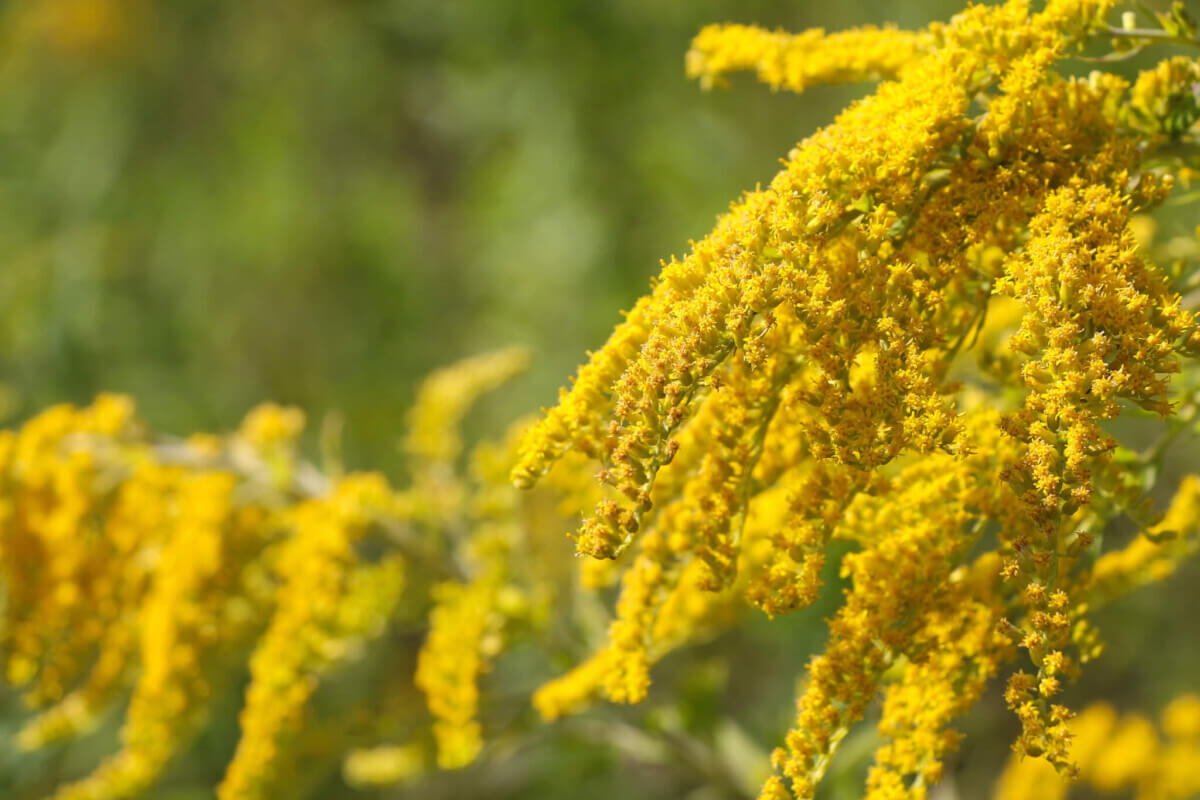
(© Андрей Рыков - stock.adobe.com)
ITHACA, N. Y. — We may not be able to hear them, but believe it or not, plants are doing plenty of “talking” to each other. That's the fascinating finding of a new study conducted at Cornell University. Researchers have discovered that plants can indeed communicate among each other to warn of nearby threats and pests. These messages are sent via airborne chemicals, referred to as volatile organic compounds (VOCs), which enable plants to exchange information in complete silence.
To come to their conclusions, the research team studied Solidago altissima, a species of goldenrod very common in the Northeast United States. They observed what happened when a group of herbivore goldenrod leaf beetles were introduced into their living space.
According to head researcher Andre Kessler, a professor of ecology and evolutionary biology at Cornell, the researchers' most exciting observation was the discovery of what they call “open-channel communication” between plants. Essentially, when plants are under attack from herbivores like the goldenrod leaf beetle, their smells, carried by the aforementioned VOCs, become more alike.
“So, they kind of converge on the same language, or the same warning signs, to share the information freely,” Kessler explains in a release. “The exchange of information becomes independent of how closely related the plant is to its neighbor.”
When these natural odors change, nearby plants pick up on the differences and interpret the changes as a warning of a coming threat.
“What we very often see when plants get attacked by pathogens or herbivores is, they change their metabolism,” Kessler adds. “But it's not a random change - in fact, those chemical and metabolic changes are also helping them cope with those attackers. It's very much like our immune system: though plants don't have antibodies like we have, they can fight back with pretty nasty chemistry.”
For example, some of those VOCs actually attract other insects and animals that are known to eat the herbivores attacking the plant.
The study's authors believe their findings could prove useful across a variety of real-world situations.
“For a long time, people have thought about using plant-to-plant interactions in organic agriculture to protect crop plants, especially when you have intercropping systems,” Kessler concludes. “We are involved in work on a system in Kenya - called ‘push-pull' and developed by the International Center for Insect Physiology and Ecology - which is based on manipulating the flow of information to control a pest in corn fields.”
The study is published in the scientific journal Current Biology.










